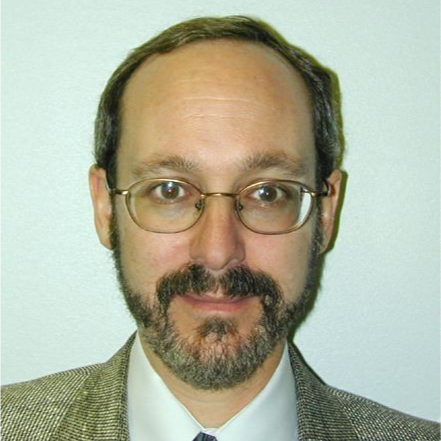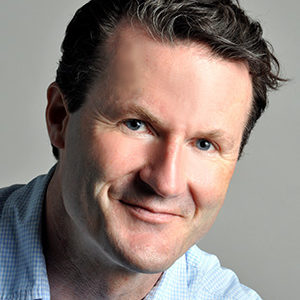An evidence-based treatment approach
To quantify the benefits of Osteoboost’s targeted vibration therapy on bone strength and bone density, we partnered with a team of top research experts at the University of Nebraska Medical Center to conduct a highly-controlled clinical trial, focused on postmenopausal women with osteopenia.
The clinical trial methodology:
⁙
TRIAL PARTICIPANTS
126 postmenopausal women with low bone density (64 active, 62 sham). Ages 52-60 (68), 61+ (58).
⁙
TREATMENT PROTOCOL
Participants were instructed to self-administer Osteoboost 30 minutes per day, at least 5x/week.
⁙
SUPPLEMENTS
Participants were provided two supplements to take daily: vitamin D and calcium.
GOLD STANDARD, RIGOROUS TRIAL
Randomized, double blinded, sham-controlled
The primary goal of the clinical trial was to evaluate the safety and effectiveness of the Osteoboost Belt for FDA clearance. Key outcomes measured included changes in bone strength and density, measured by CT/DXA scans.
STUDY: Level I clinical trial
PRINCIPAL INVESTIGATOR: Dr. Laura Bilek, PhD, PT
CENTER: University of Nebraska Medical Center
PARTICIPANTS: 126 postmenopausal women
DAILY TREATMENT: 30 minutes
STUDY DURATION: 12 months
Key results highlights
NOTE: The Osteoboost clinical trial manuscript is expected to be published in a leading academic journal in August 2024 (open access). We will post a link when it is available.

83% reduction in loss of bone strength in the spine
Spine bone strength: +2.36% benefit with Osteoboost.
Per Protocol population of participants who averaged at least 3.0 sessions per week (n=73). L1 vertebra analyzed from CT scans to determine % change in bone strength

85% reduction in loss of bone density in the spine
Spine bone density: +1.68% benefit with Osteoboost.
Per Protocol population of participants who averaged at least 3.0 sessions per week (n=73)
L1 vertebra analyzed from CT scans to determine % change in volumetric BMD

55% reduction in loss of bone density in the hip
Hip bone density: Trend of +0.74% benefit with Osteoboost.
Per Protocol population of participants who averaged at least 3.0 sessions per week (n=73)
Left and right hip BMD analyzed from DXA scans to determine % change in total hip BMD
PATIENT ADHERENCE: 80%
Study completers found Osteoboost very easy to use, and easy to establish a routine and stick to the test protocol. Top activities while wearing the belt included walking the dog, getting ready in the morning, cooking, and doing the dishes.
“How easy was it to find time to use the belt 5 times per week (10-point scale)?” 7.8
NO DEVICE-RELATED SERIOUS ADVERSE EVENTS
There were some reports of back pain, pelvic pain, and leg pain, but these were experienced in both the Active/real and Sham/placebo groups. Other potential side effects include muscle weakness, dizziness, blurred vision, and headaches.
Side effects were generally mild/moderate, commonly experienced conditions for older adults, transient, and resolved after temporarily stopping use.
Scientific advisors and investigators
We’re honored to work with top experts in the areas of bone health and osteoporosis to research and validate Osteoboost’s unique vibration therapy..

Harold Rosen, MD
Professor of Endocrinology at Harvard Medical School, Director Osteoporosis Prevention and Treatment Center at Beth Israel Deaconess Medical Center, leading expert in bone densitometry, biochemical markers of bone turnover and metabolic bone disease.

David B. Karpf, MD
Professor of Endocrinology at Stanford University School of Medicine, Director Stanford Osteoporosis and Metabolic Bone Disease Clinic, leading researcher on Osteoporosis medications (Fosomax trial) and board member of American Bone Health

Dolores Shoback, MD
Professor of Medicine, UCSF, Staff Physician San Francisco, VA, and board member of American Bone Health. Dr. Shoback is a recognized authority in metabolic bone disease, parathyroid disorders and osteoporosis. She also co-directs UCSF’s physician training program in diabetes, endocrinology and metabolism.

Anne Schafer, MD
Chief of Endocrinology and Metabolism San Francisco, VA, Associate Professor of Medicine and Epidemiology & Biostatistics at UCSF. Expert on osteoporosis treatments and bone, fat, and glucose metabolism.

Laura Bilek, PhD, PT
Associate Dean for Research in the College of Allied Health Professions at the University of Nebraska Medical Center (UNMC). Expert in clinical research for the treatment of low bone mass.

Tony Keaveny
Professor of Mechanical Engineering and Bioengineering, UC Berkeley, director of the Berkeley Orthopaedic Biomechanics Lab; Expert in bone mechanics and inventor of VirtuOst.
Apply to participate in a future clinical trial
The second Osteoboost clinical trial is currently wrapping up and no longer accepting new patients. If you would like to be considered for one of our expanded use trials in 2025 and 2026, please sign up below. Thank you for your consideration.
APPLY HERE
